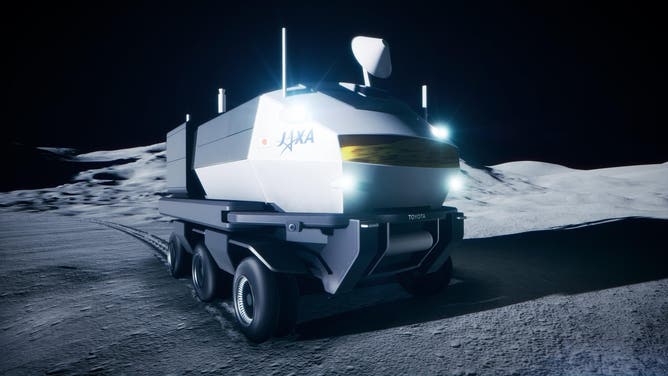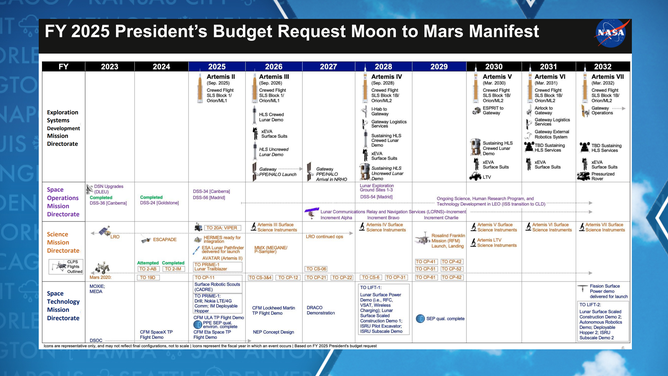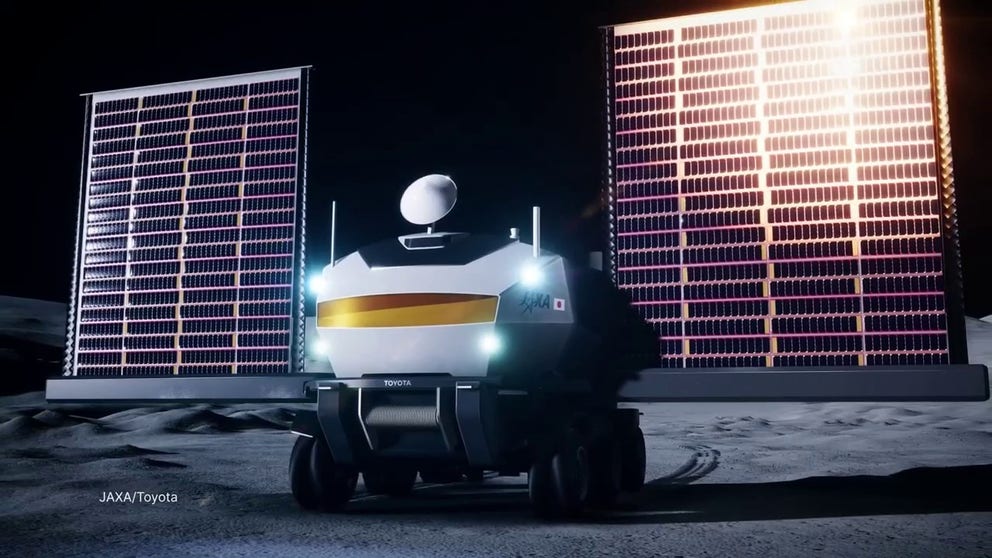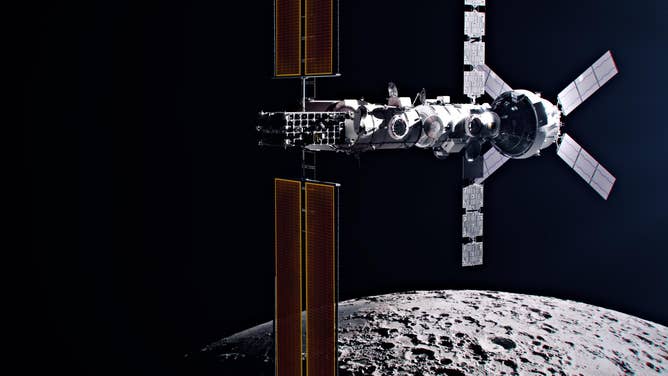US, Japan announce joint venture for Moon exploration
The pressurized rover will be in addition to one in development by U.S. companies that is expected to be in operation by 2030. The last lunar vehicle to be used on the Moon happened during the Apollo 17 mission in 1972.
NASA, Japan sign Moon exploration agreement
President Joe Biden and Japanese Prime Minister Kishida made the announcement on Wednesday that the two countries will work together to develop a pressurized rover and send two Japanese astronauts to the Moon.
WASHINGTON – NASA and Japan's space agency have announced they have entered into a historic agreement that will change the face of Moon exploration, which is being described as a 'giant leap forward for all of humanity.'
President Joe Biden and Japanese Prime Minister Kishida made the announcement on Wednesday that the two countries will work together to develop a pressurized rover and send two Japanese astronauts to the Moon.
"Two Japanese astronauts will join Americans on the lunar surface. We are going and we're going with Japan. Our partnership with Japan goes back decades. It touches every corner of our work in space and in the skies, in science and technology. To study our fragile earth and to help protect it. And so today's agreement is about so much more than just this vehicle. It's about humanity's shared dream in the cosmos," said NASA Administrator Bill Nelson.
Details surrounding what launches the Japanese astronauts will be assigned to remained unclear after the announcement, as Artemis flights through at least 2028 have either been designated for NASA astronauts or members of the European Space Agency.
The Japan Aerospace Exploration Agency, or what is commonly referred to as JAXA, is one of five organizations taking part in the construction of a new space station that is slated to be in operation by 2028.
According to NASA, the Lunar Gateway will serve as a space station where astronauts can work, stage for future Moon missions and conduct spacewalks.
SEE RENDERINGS OF SPACE STATION TO BE BUILT AROUND THE MOON
Details surrounding the development and employment of the first pressurized rover on the Moon were somewhat more straightforward.
NASA stated it hoped that the mobile habitat and laboratory would be in operation after 2030 for a planned Artemis VII mission.
"The pressurized rover will be a powerful contribution to the overall Artemis architecture as Japan and the U.S. go hand in hand with international and industry partners to the lunar surface and beyond," Hiroshi Yamakawa, president of JAXA, said in a statement. "JAXA is ready to assist MEXT and push this forward with our science and technological expertise to establish sustainable human presence on the Moon."
According to NASA, the pressurized rover will have enough room to accommodate two astronauts for up to a month around the Moon's South Pole.

The U.S. and Japan announced a joint venture for Moon exploration
(JAXA/Toyota / NASA)
SEE THE NEXT VEHICLE ASTRONAUTS COULD DRIVE ON THE MOON
News of the announcement came less than a week after NASA publicized the development of a lunar space vehicle by three private space companies.
The development is expected to lead to an open-air concept vehicle, which will cost in excess of $4 billion through 2039.
An Artemis III mission slated to happen in either 2026 or 2027 is expected to be the first launch to return humans to the Moon in more than 50 years.
Under the Artemis program, NASA says it will land "the first woman, first person of color, and its first international partner astronaut on the Moon, make new scientific discoveries, and explore more of the lunar surface than ever before for the benefit of all."

NASA space exploration timeline
(NASA space exploration timeline / NASA)


